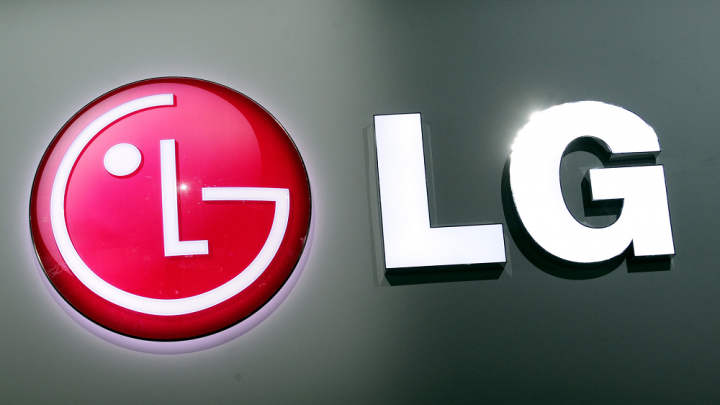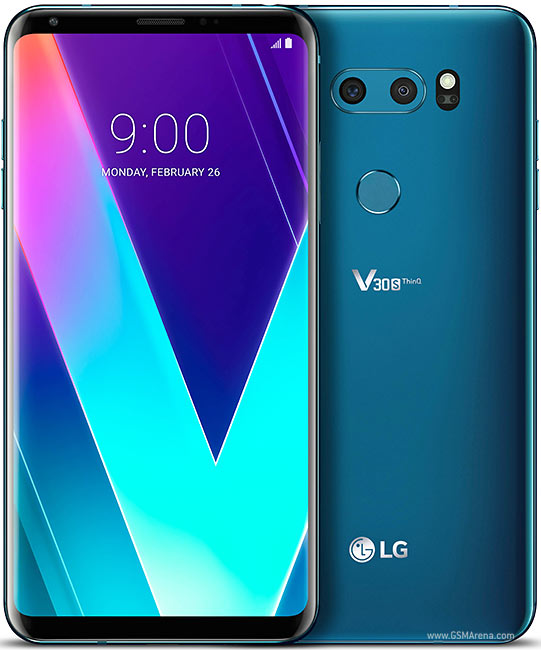LG Announces Launch Date For G7 ThinQ
LG, who announced their ThinQ (pronounced as “think-kyu”) A.I. initiative has recently announced the date for the release of their brand new flagship smartphone, the LG G7 ThinQ. They introduced ThinQ in January during CES 2018, where they presented their A.I. and Internet of Things (or IoT) integration plan for all their products: appliances, TVs, and robots (they presented 3 robots in this year’s CES). When the Mobile World Congress in Barcelona happened, they introduced an upgraded version of the V30 (which was released in September last year) that’s compatible with ThinQ: The V30S ThinQ.
The G7
The G7 ThinQ is the successor to LG’s G6, which was announced in February last year and was launched a month later. The launch event will happen on May 2 in New York and May 3 in Seoul. As you may have guessed in the name, the LG G7 ThinQ is part of the ThinQ initiative, meaning that it can be linked to all the other appliances that are ThinQ compatible with IoT. We may expect to see voice commands and the ability to control devices via the G7. It would be cool to be able to control your air conditioner and TV using your phone as a remote.
Plenty of rumours have been going on about the G7 even before the announcement. The most plausible ones include the G7 using a Qualcomm Snapdragon 845 chipset and an all-new camera upgrade. With the many examples of recent trends, it is easy to see why those two can happen: the Snapdragon 845 chipset is the best one that Qualcomm currently has and is used on Samsung’s Galaxy S9 and Huawei’s P20. As for the camera upgrades, this has been a trend since Apple’s iPhone X. Both the S9 and the P20 has advanced camera systems with enhanced features. It is safe to assume, then, that the G7 might also follow the trend.
The ThinQ
LG has demonstrated what the ThinQ initiative meant during CES 2018 last January. The ability to control all your other appliances using LG’s smart speaker, Cloi, is totally cool, though it did have a few bugs during the presentation. They also presented 3 working robots designed for specific tasks, as well as the new Alpha9 chip that they’re using for their TVs.
The V30S ThinQ that LG presented in the MWC is similar to the original V30 that came out last year, the difference is in the memory and software it is running. The ThinQ name means that it too is also part of the ThinQ initiative meaning you can use this to control LG ThinQ appliances. The V30S still uses a Snapdragon 835, an Octa-core CPU, and an Adreno 540 GPU.
All in all, it is good that LG is implementing a similar plan to everyone else. But there’s more to it than that. LG also stated in CES that they are currently working to connect their ThinQ to anything else that works with IoT, even if it is made by another manufacturer (like Samsung). Their strategy is to provide the best AI solution through “open platform, open partnership, and open connectivity.”
What Can That Mean For LG
Having a huge range of controllable devices means that buying an LG ThinQ phone is literally buying a phone and a universal remote. You don’t need any other device to control your TV, your air conditioner, your fridge or your washing machine. As long as they are IoT enabled the V30S, and possibly the G7 in the future can control all of them. This is a big plus for any smartphone device, more than an “advanced camera system” that has only niche uses. The LG V30S ThinQ and G7 ThinQ are probably the most useful smartphones of their generation.


